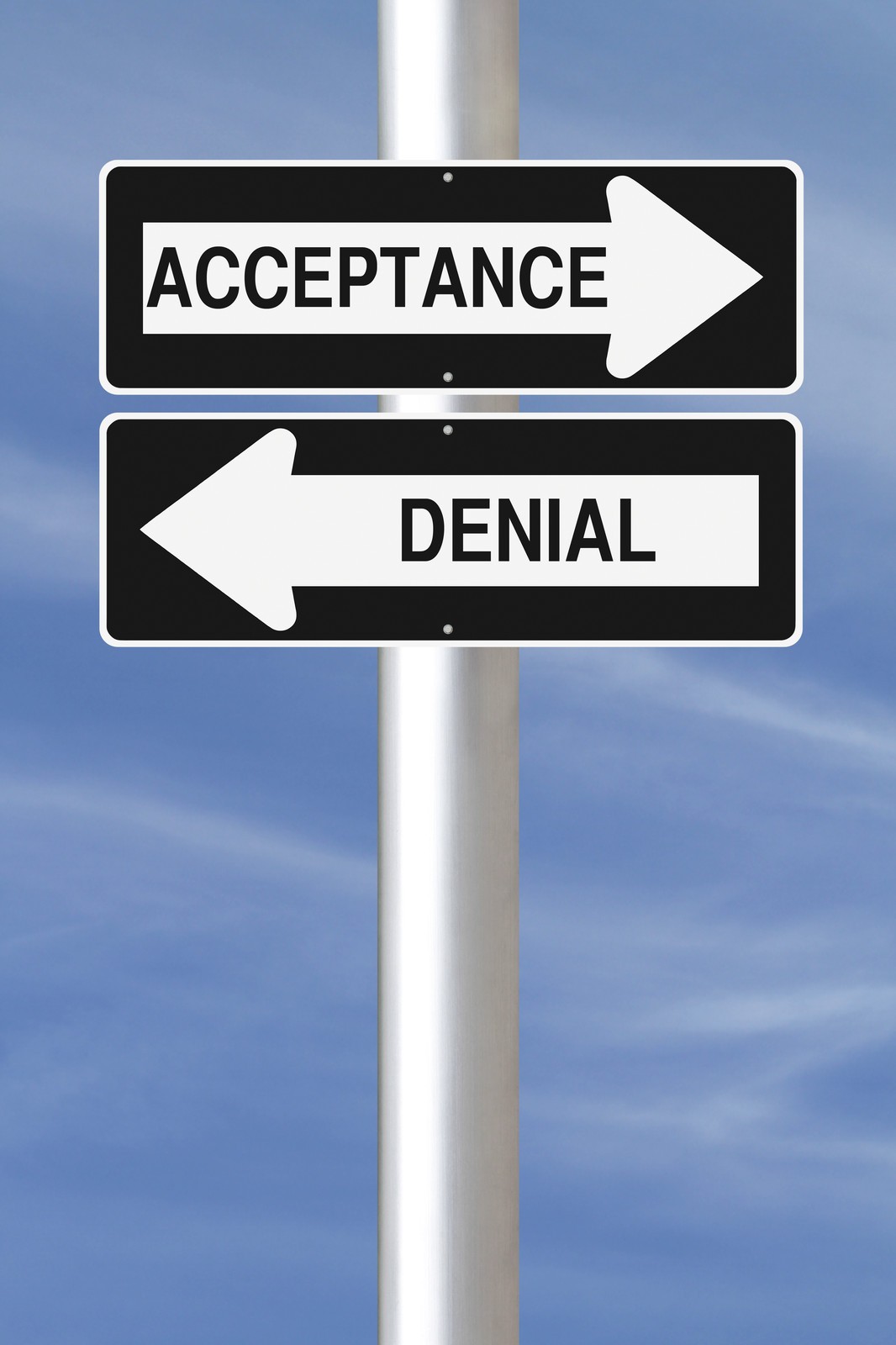National Child Abuse Prevention Month
This is the second article by Anonymous. You can read their previous article on Teen Dating Violence Prevention Awareness Month here. A few years ago I did this video where I recommended a book I buy for the children in my family called I Can Play It Safe.
April is National Child Abuse Prevention Month. Child abuse is a serious issue all over the world. In 2020, well over 600,000 cases of child abuse were reported in America alone.
To honor this month, we must educate ourselves and others on child abuse to do our part in helping to prevent and put a stop to it.
Recognizing Child Abuse
Although abuse can be done by anyone, it’s most commonly carried out by those closest to the child. Child abuse often is broken into four main categories: physical abuse, sexual abuse, emotional abuse, and neglect. However, as the world continues to change, new forms of abuse have started to become more common. This includes financial and online abuse. Each form has severe long-term effects on a child and is equally important to understand.
Physical Abuse
Physical abuse is described as the intentional and often habitual infliction of injury or harm to a child. This can include hitting, beating, burning, drowning, and more. Physical abuse often leads to long-lasting physical and emotional damage to a child and, in some cases, can lead to death.
Kids are known to get bruises from playing or minor accidents. However, if you notice an unexplained pattern of bruising or injury, it can be a sign of something more serious. Other non-physical signs to look out for include fear of caretakers, unusual shyness, and extreme antisocial behavior.
Sexual Abuse
Children cannot consent to any sexual activity. Therefore, any sexual activity with a minor is considered sexual abuse. It’s important to note that sexual abuse doesn’t have to come from an adult. It can be a playmate, sibling, parent, teacher, etc. This form of abuse is often very traumatic for children as it is both a physical violation and a violation of trust. Children who experience sexual abuse often have trust issues, PTSD, mental health struggles, and relationship problems. Some victims even repress the memory, causing them to come to terms with the abuse much later in life.
Forms of sexual abuse include exhibitionism, unwanted touching, performing sexual acts in front of a minor, taking or showing pornographic pictures to minors, and engaging in any sexual act with a minor.
There are various signs that a child may be sexually abused. Some of these include fear of being alone with a certain person or in a certain place, fear of being touched, reverting to childish behavior, self-harm, and more.
Emotional Abuse
Emotional abuse is often referred to as a consistent behavior that impairs the psychological growth of a child. This form of abuse can also be referred to as psychological abuse, and it greatly impacts children’s mental health.
Emotional abuse is not limited to just verbal actions; it comes in many shapes and forms. Some of the most common emotional abuse tactics include belittling, setting unrealistic expectations, rejecting, using fear as a means of control, and physically withholding or isolating a child.
Children who experience emotional abuse tend to have a low sense of self-worth, display extreme behaviors, and have intense feelings of guilt and shame. If a child seems withdrawn, has a self-deprecating attitude, or has a strong urge to constantly please others, it could be a sign that emotional abuse is occurring.
Neglect
Neglect is a form of abuse that involves depriving a child of basic life and growth necessities, and it’s the most prevalent form of abuse in America.
This form of abuse is the most difficult to resolve, as it’s not always done maliciously. Sometimes caretakers simply don’t possess the proper resources and support to care for their children.
There are five categories of neglect:
- Physical: Failure to provide food, water, hygiene, and shelter.
- Emotional: Deprivation of affection and emotional support. Exposing a child to violence and substance use.
- Medical: Denying or delaying needed or recommended medical treatment.
- Educational: Refusing or ignoring a child’s education or a child’s special education needs.
- Supervision: Abandoning or leaving a child alone to care for themselves. Not protecting a child from hazards.
Neglect negatively affects the cognitive and behavioral development of a child. It also creates long-term health risks, as they’re not able to get proper immunizations and needed medical attention early on.
Common indicators that a child may be suffering neglect include malnourishment, poor hygiene, frequent school absences, and a lack of sufficient clothing or proper clothing for the weather. Other indicators can include children stealing or begging for food and money, and regularly being home alone.
Financial Abuse
Child financial abuse is one of the hardest forms of abuse to detect. Children don’t manage their finances, so it’s normal to have their money controlled by their parents. However, some parents will overstep these boundaries by stealing, withholding, and depriving children of economic opportunities and resources.
Although financial abuse can be done by anyone, it’s most commonly carried out by caretakers, as they have easy access to a child’s social security number and money.
Caretakers will steal or withhold their child’s gifted and earned money. This can be used as a means of control to keep the child reliant on the caretaker or for the caretaker’s own economic gain.
Another form of financial abuse is the use of a child’s identity to take out loans and lines of credit. This is considered identity theft, and it allows thieves to gain a clean credit report and bank account.
Financial abuse severely affects a child’s economic success, as a child suffering this abuse will enter adulthood with a damaged credit score, harrowing debt, and no money of their own. This makes many milestones such as paying college tuition and landing equitable career opportunities close to impossible. Finding proper housing also gets difficult as landlords check credit reports and meeting the minimum credit score to buy a house can be harder for victims of credit abuse.
Financial abuse is often detected after the child turns 18. However, there are some signs you can look for beforehand. If a child has a credit report, receives credit card solicitations, or is not able to be claimed as a dependent, they are most likely experiencing financial abuse.
Online Abuse
Online child abuse has been on the rise as more children are introduced to the internet at an early age. It can range from cyberbullying to cyber molestation, and often occurs on social media platforms, phone devices, and online gaming.
The internet creates a digital wall where people feel more comfortable doing and saying things they wouldn’t do in the real world. This can create a hostile environment for children. Because of the persistent and permanent nature of the internet, cyberbullying is hard for children to escape. Since the internet is everywhere, it feels as if there is no safe place. This can lead to suicidal tendencies and severe mental health struggles.
Additionally, there is an anonymous nature to the internet that allows people to easily lie about who they are. This can give predators easy access to groom or sexually abuse children. As the internet becomes more embedded in children’s lives, it’s imperative that children learn how to be safe online to understand red flags and warning signs.
It can be hard to notice online abuse and the damage it’s doing to your child. Take the necessary precautions of teaching kids online safety, but also create a comfortable environment for a child to talk about it openly if it occurs.
What Adults Can Do
It can be easy for a child to think abuse is normal, which is why we must teach children about abuse and personal safety. Although a child may not have the power to change their circumstances, understanding red flags can give them the knowledge to seek a trusted adult for help. Books, such as I Can Play It Safe, are a great way to actively teach children personal safety memorably and interactively.
Lastly, you have the power to help a child’s life. It can be hard to witness a child being abused and even harder to know that reporting it can mean a child being taken from their family. However, if you do notice a child is experiencing any form of abuse, it’s important to do something about it. No one deserves abuse. Recognize the forms and signs of abuse, talk with the child in a safe space, and report it when necessary.




